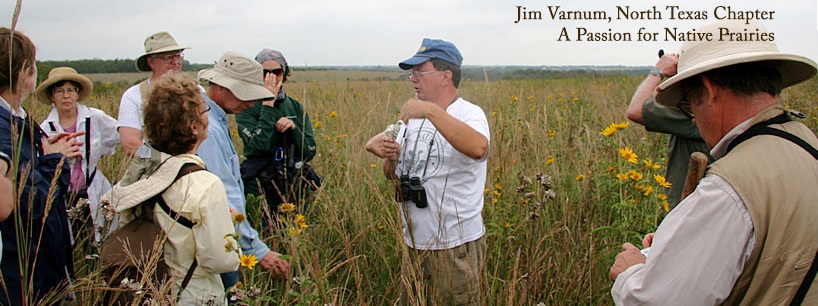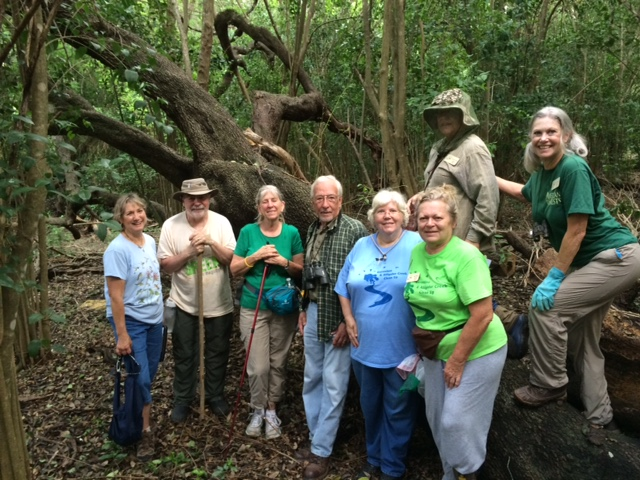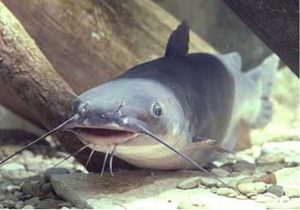TPW TV: Black Capped Vireo
Tuesday, January 22nd, 2019This is Passport to Texas
In the Texas Hill Country, biologists are keeping track of a Texas treasure: the Black Capped Vireo.
I stop in my tracks every time I hear one [vireo] Up…there’s that bird. Right there!
Jeff Foreman is a Wildlife Biologist at Mason Mountain WMA. For many years the black cap was an endangered species, but over the past 30 years this little bird has made a big comeback.
Healthy nesting habitat is very much required for the vireo’s sustainability. They really like these low shrubs with spaces in between. They can fly in and around and catch insects.
Historically vireos thrived in the scattered shrubs and open grassland that stretched across Central Texas. But with European settlement came grazing by cattle, goats and sheep.
…sometimes the populations of those livestock weren’t kept in check. They just ate the homes out from under the vireo.
Fire suppression, white-tailed deer, and the brown-headed cowbird, also played parts in reducing the vireo’s population. It was listed in endangered 1987. The good news is, it was delisted in April of last year.
Find out how biologists worked this magic the week of January 27 on the TPW TV series on PBS. Check your local listings.
The Wildlife Restoration program supports our series.
For Texas Parks and Wildlife…I’m Cecilia Nasti.







 Passport to Texas is a
Passport to Texas is a  Passport to Texas is made available by:
Passport to Texas is made available by: